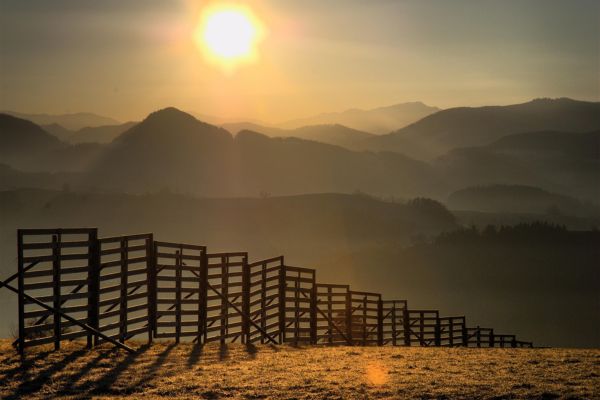
Saturday 21 June 2025, marks the summer solstice, the longest day of the year in the northern hemisphere and a time of celebration for many in Luxembourg, Europe and beyond.
Solstices, named after the Latin word “solstitium”, meaning “sun stopped”, occur twice in the year. They are caused by the Earth’s axial tilt and mark the moment the Sun reaches its northernmost (summer) and southernmost (winter) point in the sky in the northern hemisphere. Depending on the Earth's elliptical orbit and the falling of a leap year, the summer solstice can take place on 20, 21 or 22 June. It is an astronomical event which has served as a critical point in the calendar of ancient cultures and has birthed many myths about its influence and power.
In England, thousands of people will gather on the morning of the solstice at the prehistoric megalithic monument of Stonehenge to witness the sunrise over a rock known as the Heel Stone, which aligns with the direction of the rising sun. In Spain, Portugal, Latvia and Estonia, people will light bonfires and celebrate with dancing and performing rituals believed to ward off evil spirits. In Sweden, they will celebrate the festival of Midsummer by wearing crowns made of flowers, eating pickled herring and dancing around the “midsommarstång” (maypole) in the name of fertility and the hope of an abundant summer. In Finland and Sweden, Midsummer is a public holiday and marks the start of the summer holiday season.
Historically, the summer solstice was a time of celebration for Celtic, Norse and Slavic cultures, who would perform rituals linked to fire, fertility and agriculture. The druids of ancient Celtic societies would use the event to mark seasonal change and observe astronomical alignments.
Throughout history, the event has given rise to a number of myths and rituals, including the belief that, due to gravitational alignment, an egg can be balanced on its end. The ancient Romans thought the summer solstice caused madness, with the heat and extended daylight making people irrational and unstable. In many parts of Europe, performing weddings near or on the day of the solstice was considered bad luck and could attract fairies who might curse the marriage. In early Baltic and Slavic traditions, young people would jump naked over bonfires to promote fertility and successful crop yields for the coming harvest season.
Scientifically, the summer solstice will see approximately eighteen hours of daylight and the orientation of the sun will coincide with the location of the Tropic of Cancer, at 23.44° north of the equator as it reaches its highest point in the sky, marking the beginning of summertime in the northern hemisphere. The summer solstice also creates the phenomenon of producing the shortest shadows at any point in the year.








